Prof. Dr. Le Hong Ly - Chairman of the Vietnam Folk Arts Association shared that the folklore seminar and performance is a way to express the results of the Association's research, collection and teaching.
The performance program introduces UNESCO-listed heritages. Domestic and foreign visitors will enjoy Gongs, Vi, Giam, Quan Ho, Don Ca Tai Tu, etc. Thereby, further spreading the heritage to the community.
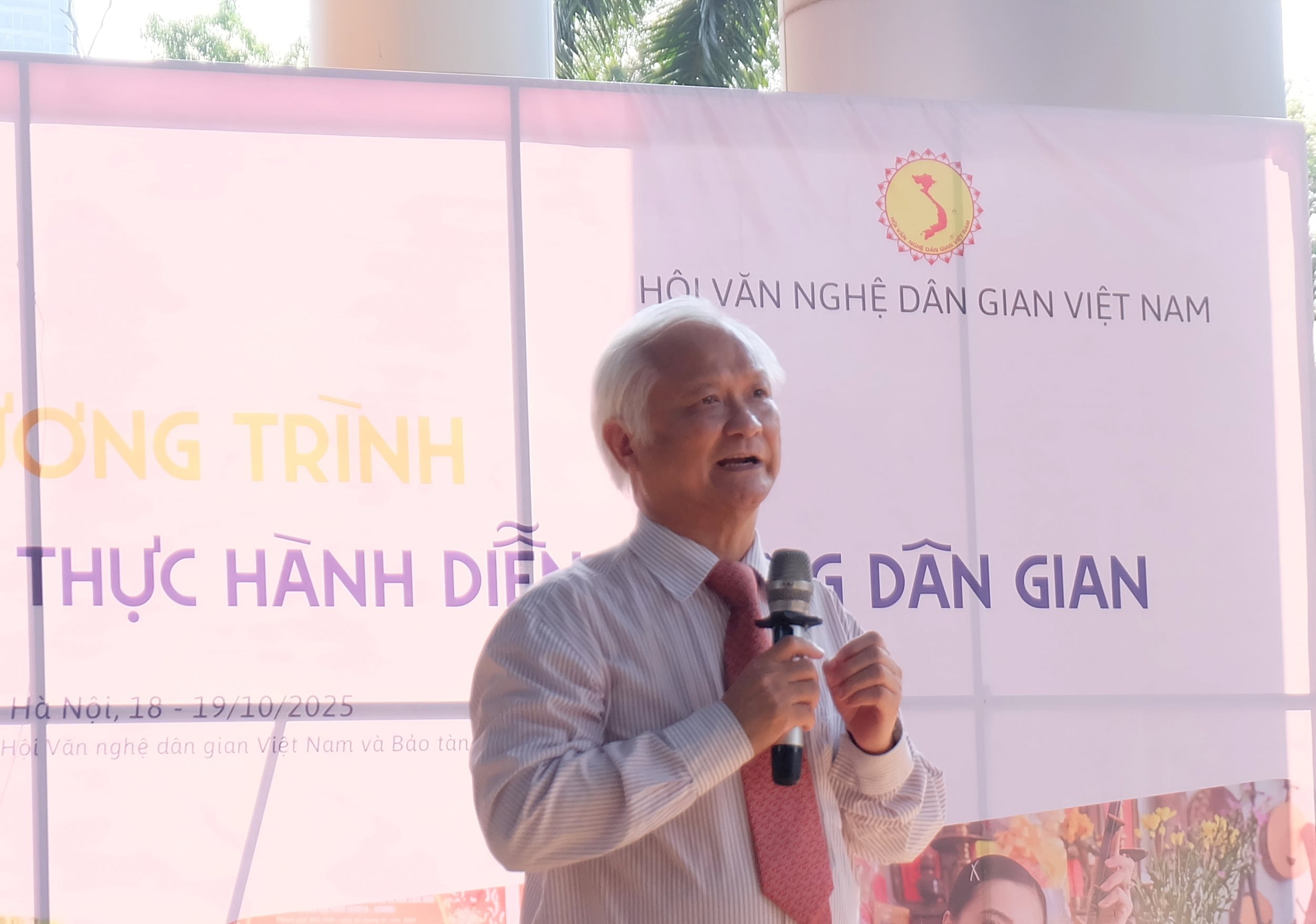
Prof. Dr. Le Hong Ly - Chairman of Vietnam Folk Arts Association spoke at the program
Prof. Dr. Le Hong Ly also emphasized that the program also aims to honor the artisans, because these performances are possible thanks to the artisans - those who are called "living human treasures" by UNESCO, who are preserving and passing on the heritage to the next generation...
Sharing at the workshop, researcher Nguyen Xuan Duc, Vietnam Folklore Association, said that among the intangible heritages of the Vietnamese people recognized by UNESCO, Vi, Giam of Nghe An, Quan Ho folk songs of Bac Ninh and Don ca tai tu of Nam Bo are unique folk art heritages, born in different social stages and living environments: manual labor, festivals and migration.
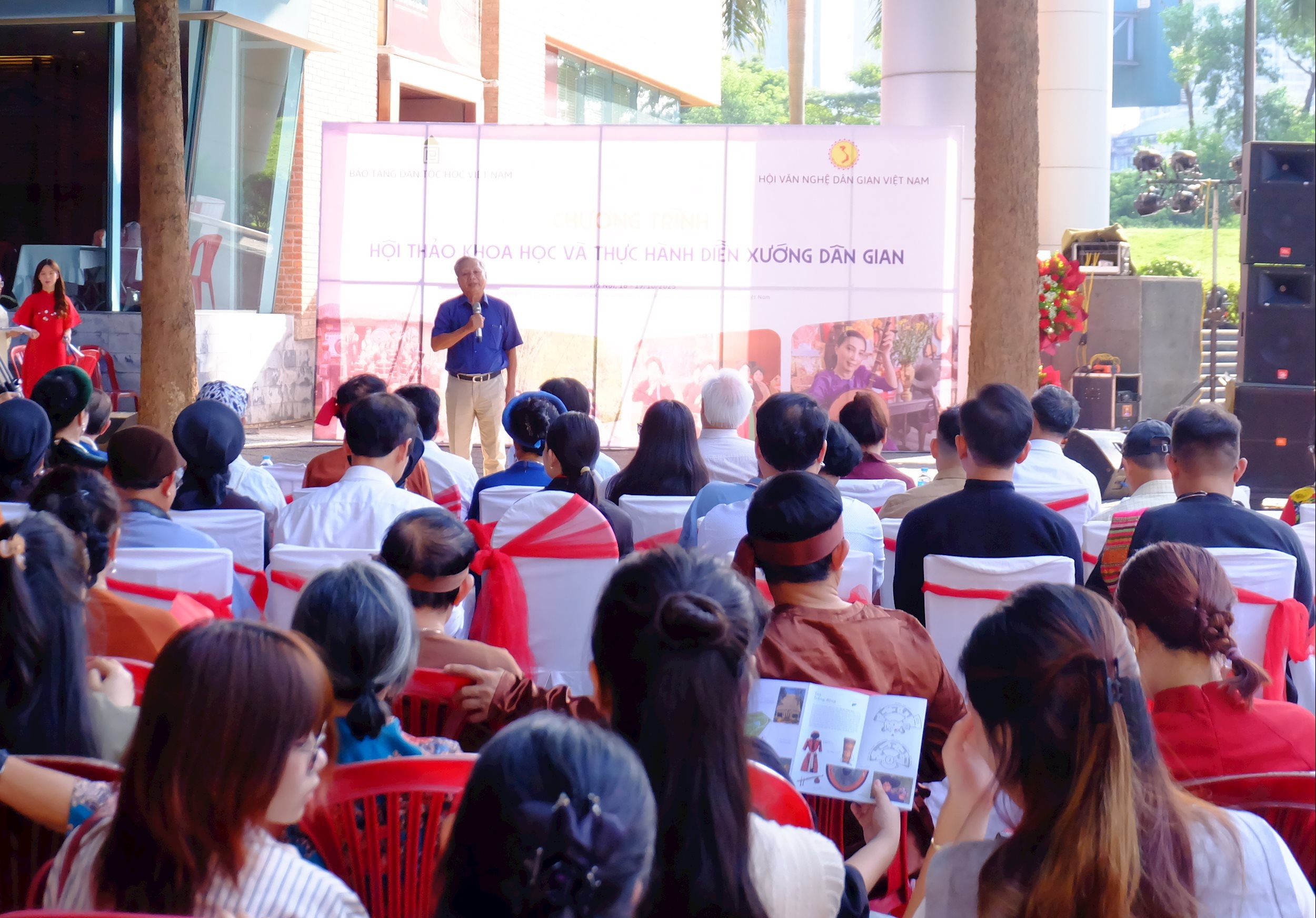
Researcher Nguyen Xuan Duc shares about folk music genres of three regions
Researcher Nguyen Xuan Duc said that, among the folk art forms, folk songs have the most obvious local character and it is not difficult to see. When studying folk songs and folk songs, scientists found that: A pair of six-eight verses can be sung as folk songs of three regions, but Vi and Giam only exist in Nghe An; Quan Ho is mainly found in Bac Ninh; Don ca tai tu is only found in the South...
Within each type of folk song there is an unchanging “core” and a changeable one. All three types of folk song mentioned above have undergone a process of transformation and improvement. That process certainly has not stopped yet. This opens up the possibility of preserving folk songs in the new society…
At the workshop, artisans also performed to introduce heritage to delegates and visitors to the Museum.
Some pictures at the program:
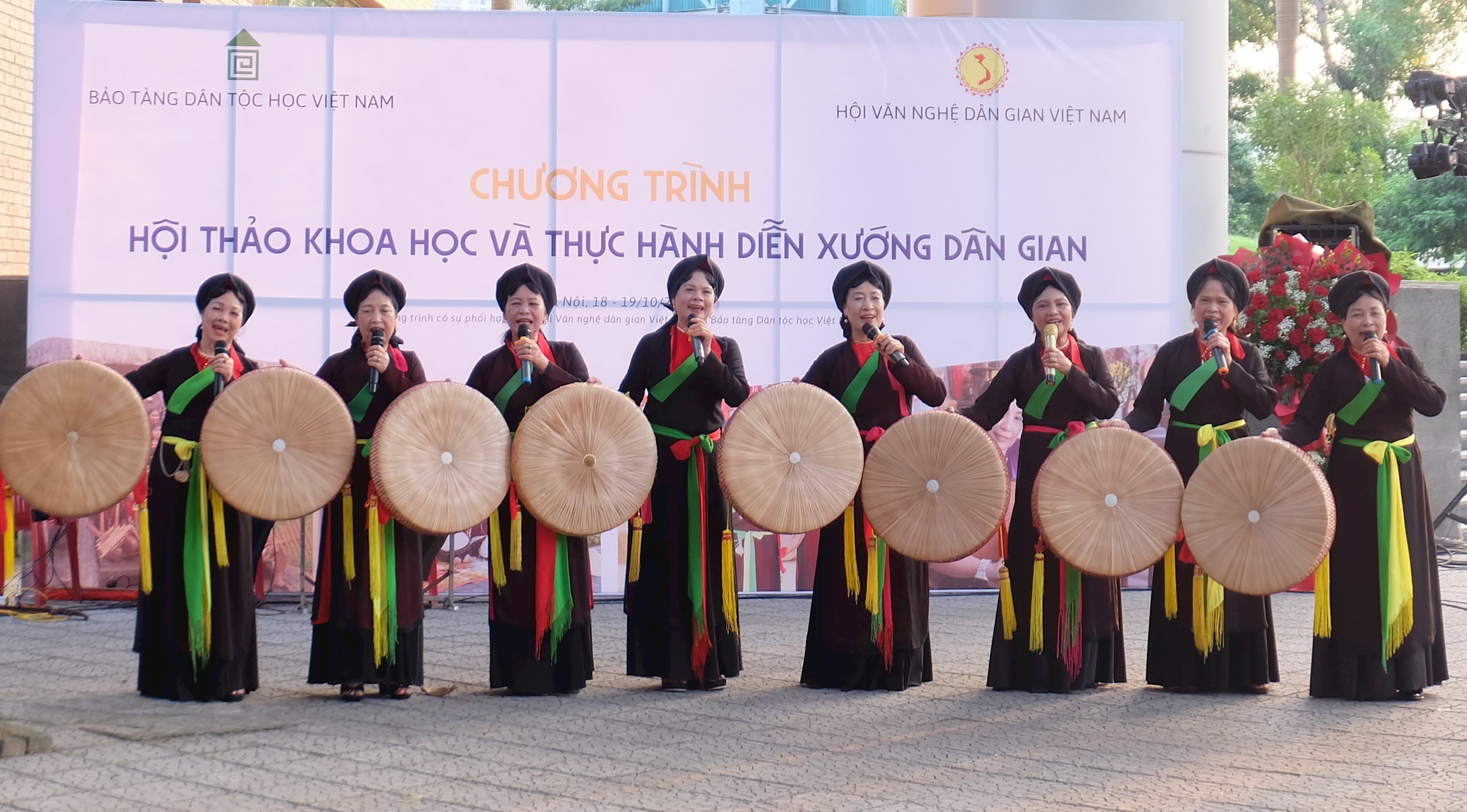
Performance by Quan Ho Folk Song Group - Tu Hoa Ancient Quan Ho Club, Bac Ninh
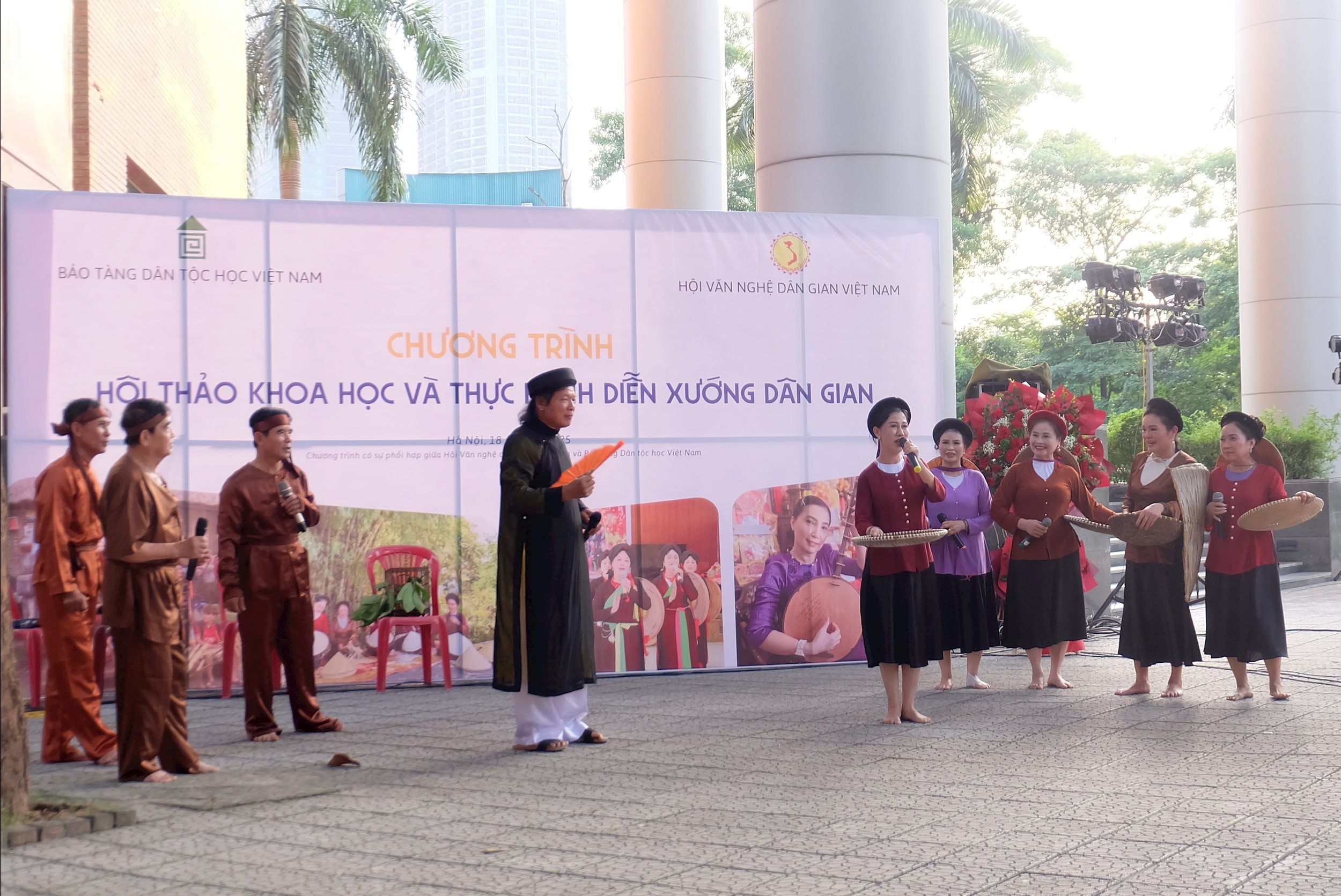
Performance by the Vi and Giam Folk Song Troupe - Artisan Club of the Ha Tinh Province Folk Arts Association
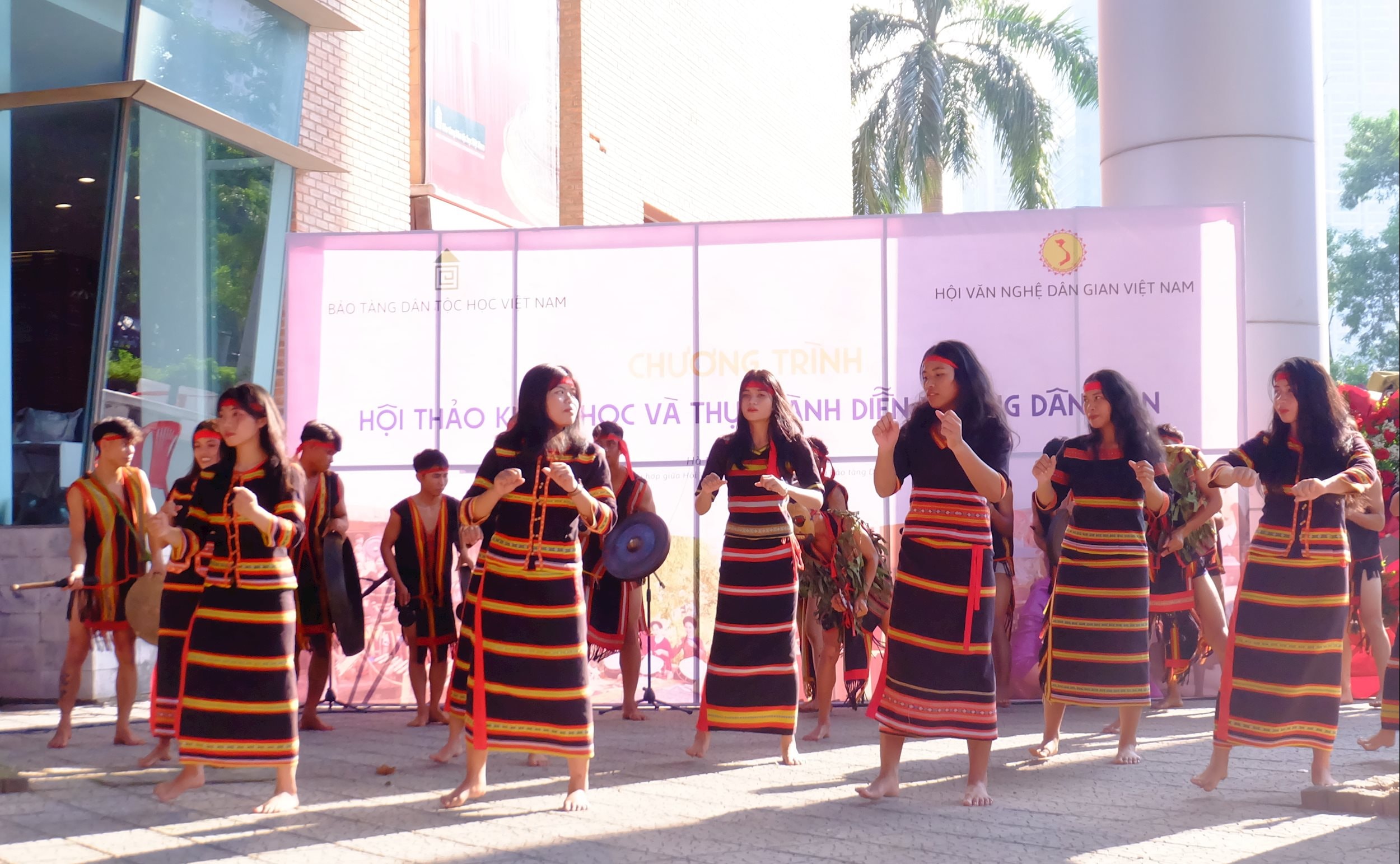
Gong and Xoang Troupe - Kon Ko Lok Village Club, Quang Ngai Province performing
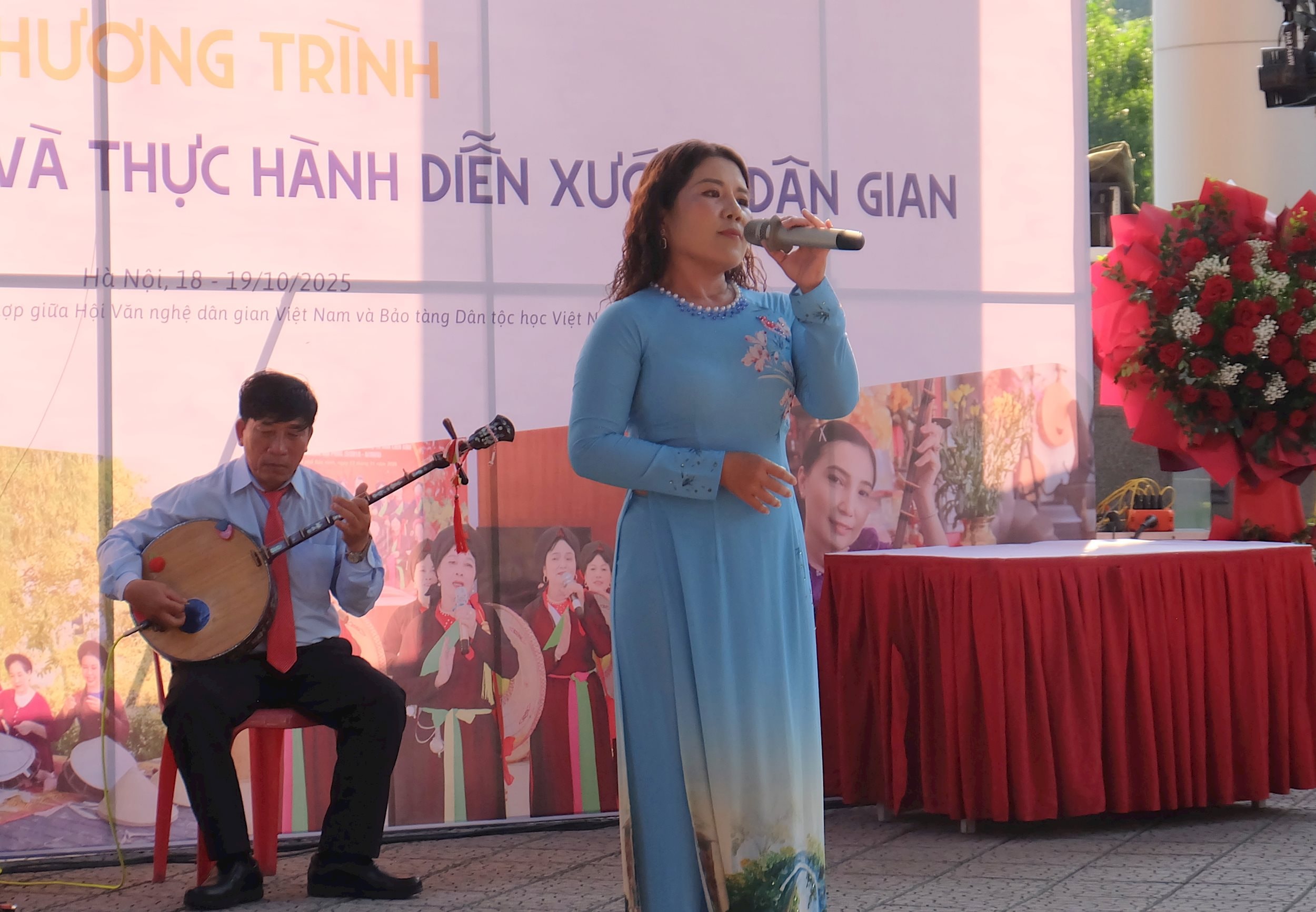
Performance by the Southern Amateur Music Troupe - Southern Amateur Music Arts Club of Ca Mau province
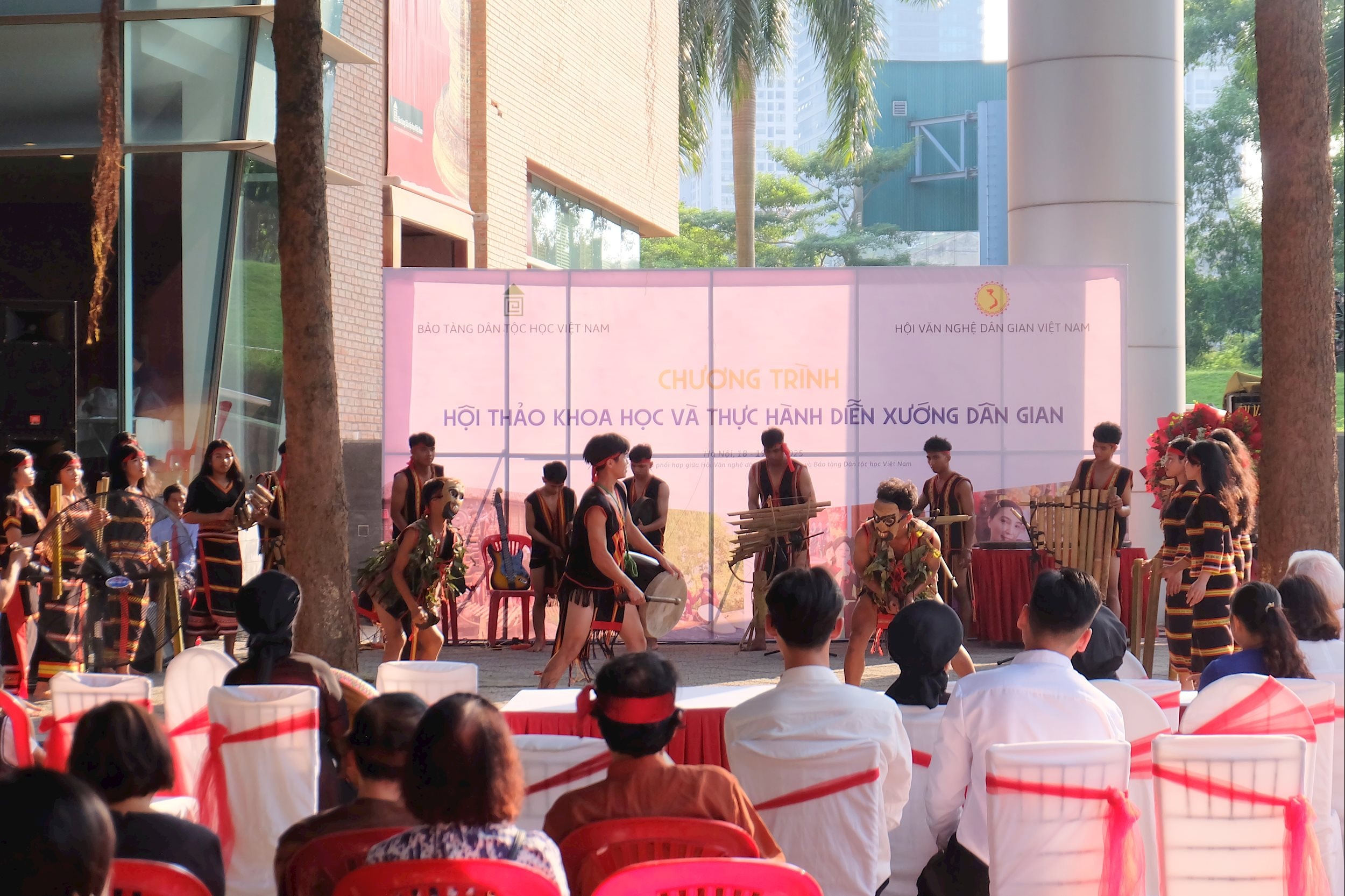
The folk performance program will take place until October 19.
Source: https://daibieunhandan.vn/trinh-dien-4-di-san-duoc-unesco-ghi-danh-10390904.html




![[Photo] Cat Ba - Green island paradise](/_next/image?url=https%3A%2F%2Fvphoto.vietnam.vn%2Fthumb%2F1200x675%2Fvietnam%2Fresource%2FIMAGE%2F2025%2F12%2F04%2F1764821844074_ndo_br_1-dcbthienduongxanh638-jpg.webp&w=3840&q=75)



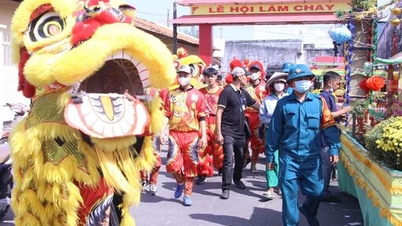

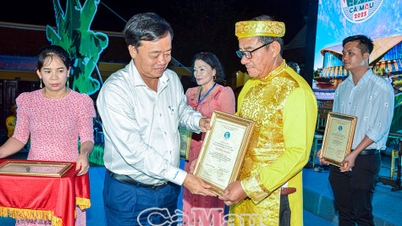

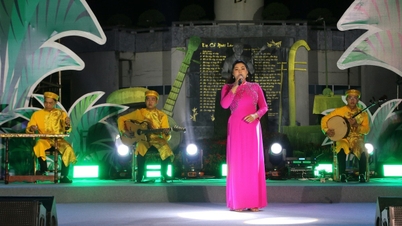

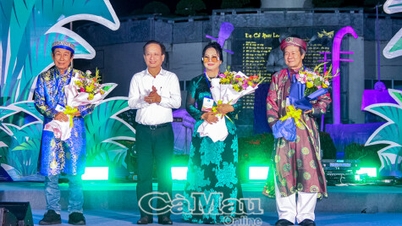
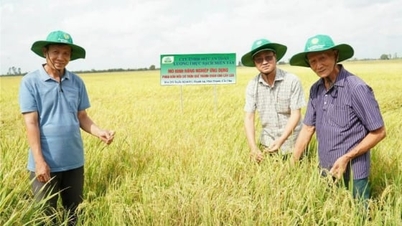

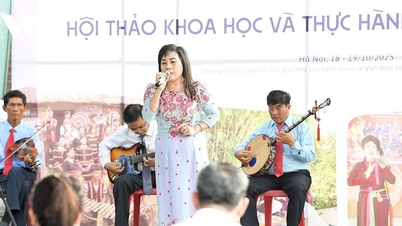

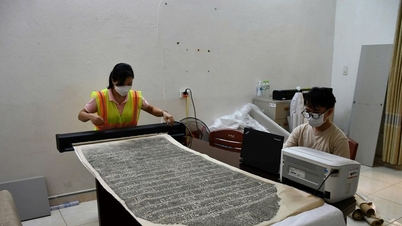


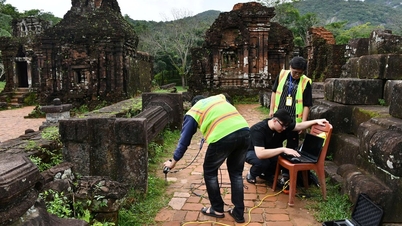

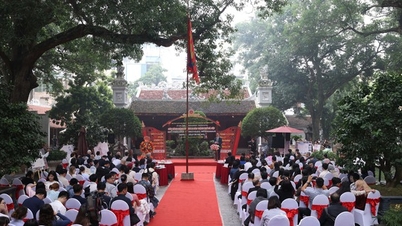








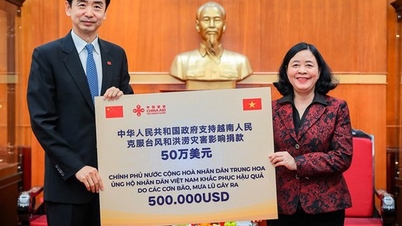

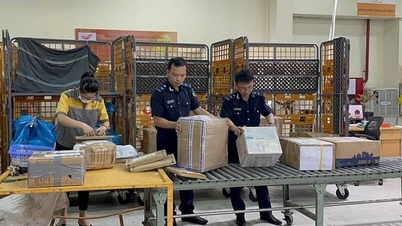

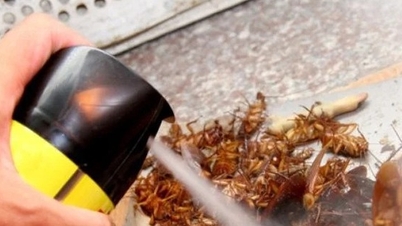
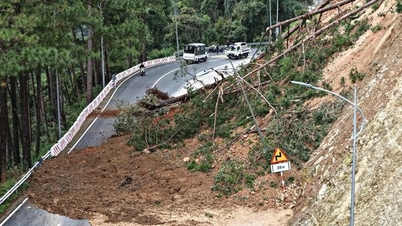

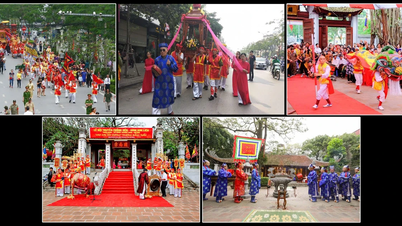

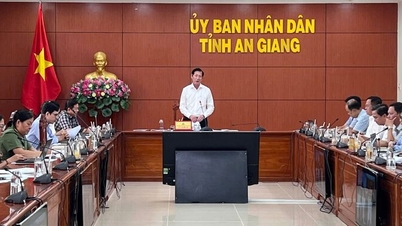

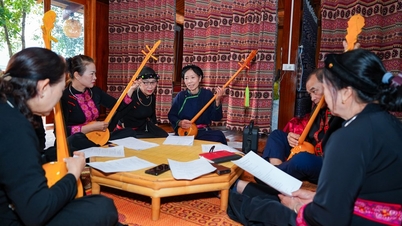



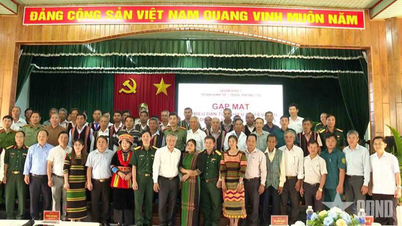



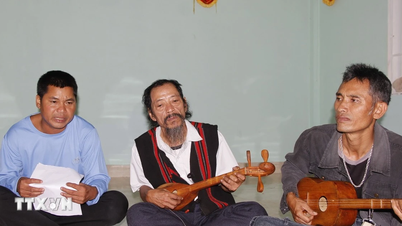
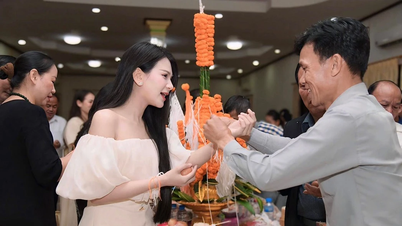



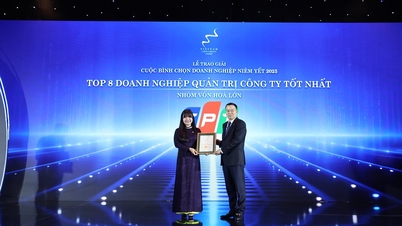



![[VIMC 40 days of lightning speed] Da Nang Port: Unity - Lightning speed - Breakthrough to the finish line](https://vphoto.vietnam.vn/thumb/402x226/vietnam/resource/IMAGE/2025/12/04/1764833540882_cdn_4-12-25.jpeg)
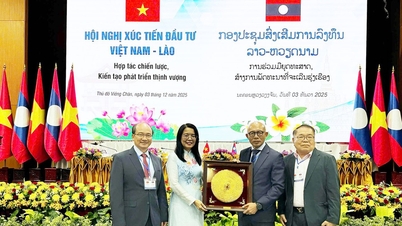

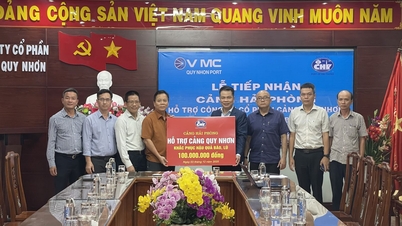













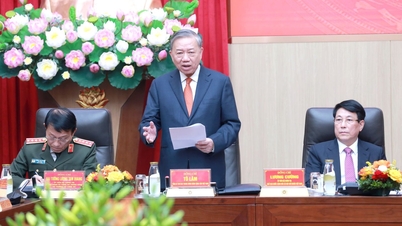

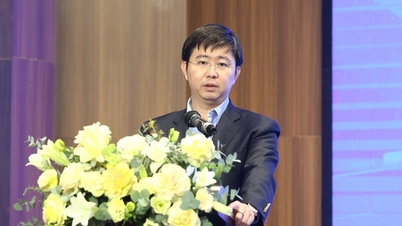

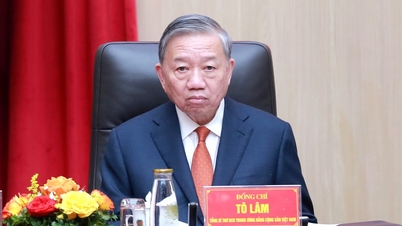




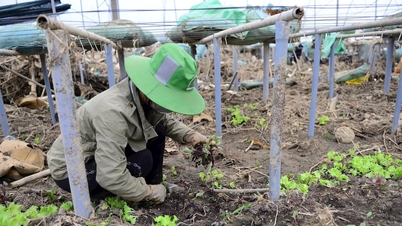



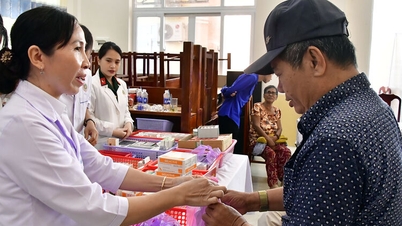














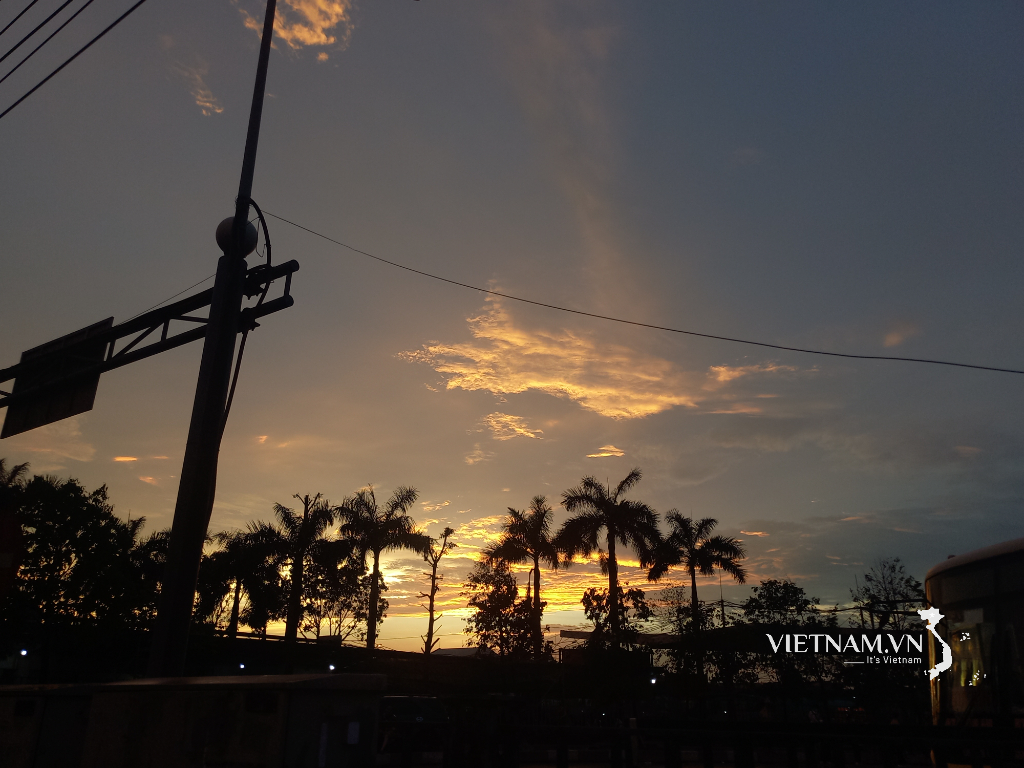

Comment (0)